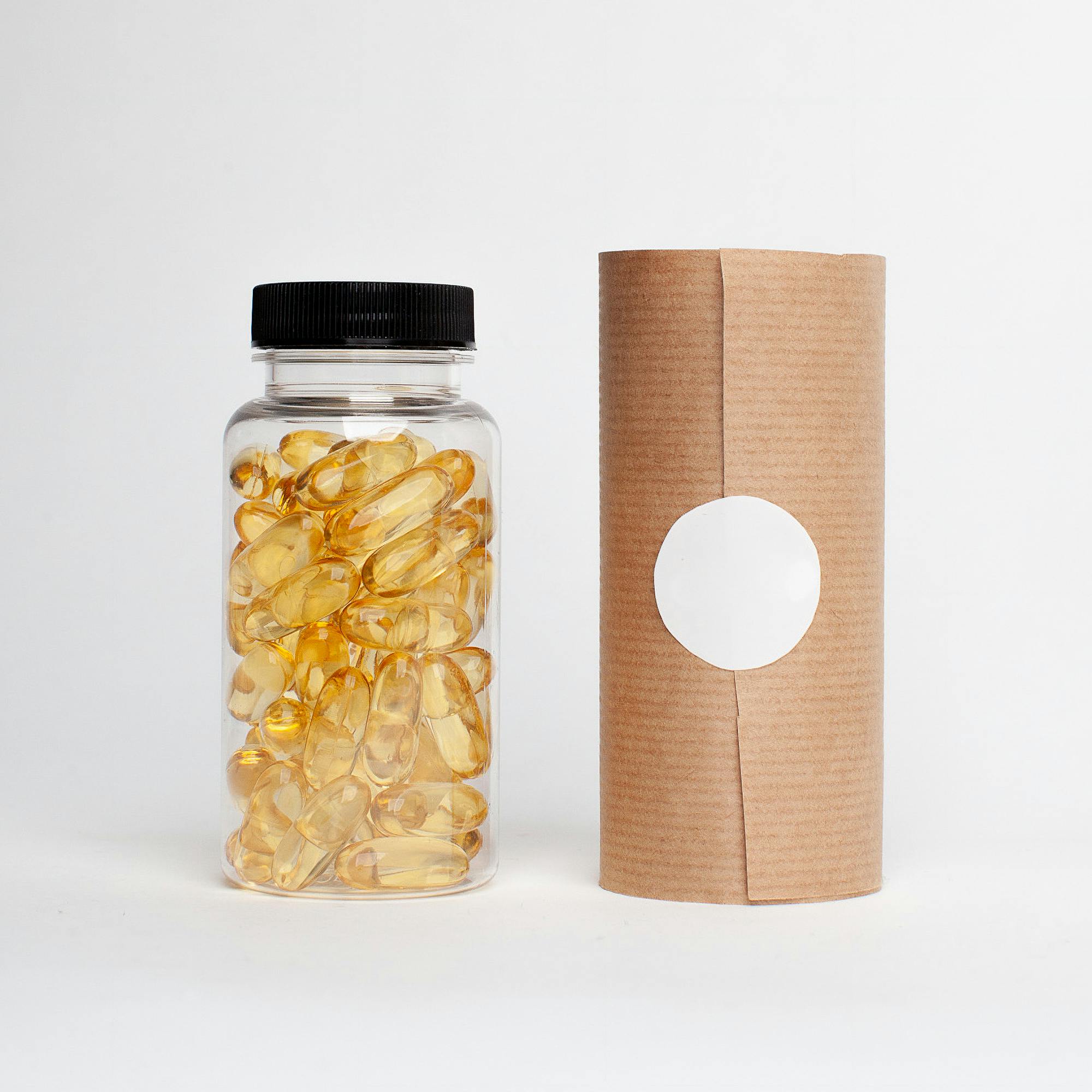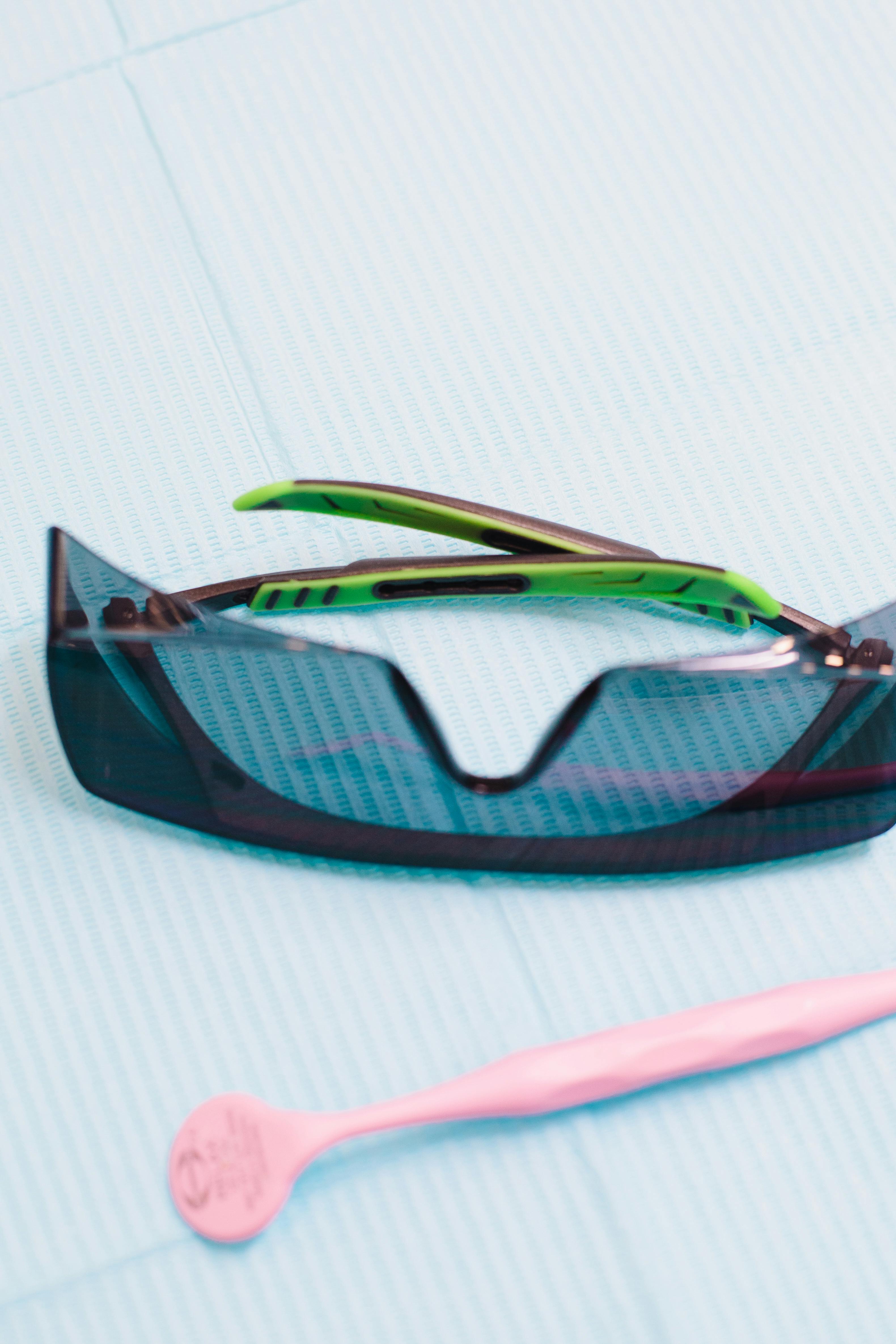
Understanding Reverse Sneezing in Dogs
Reverse sneezing is an alarming yet common phenomenon among dogs, characterized by a series of rapid inhalations through the nose that can create a snorting sound. Pet owners often panic when they see their dog reverse sneezing. However, understanding the triggers and mechanics behind this occurrence can help you manage these episodes effectively. Reverse sneezing can be caused by various factors including allergies, environmental irritants, or even excitement. By recognizing these triggers and knowing how to address them, you can help alleviate your dog's discomfort and prevent future occurrences.
The primary goal of this article is to equip you with the knowledge and techniques to stop reverse sneezing in dogs effectively. We will explore various methods, solutions, and preventive measures you can implement to support your dog's respiratory health. Remember, while reverse sneezing is usually harmless, there are times when veterinary intervention may be warranted. Keeping your dog calm during these episodes is crucial, and with the right techniques and lifestyle adjustments, you can make a significant difference in your dog's quality of life.
Let's dive deeper into recognizing reverse sneezing symptoms and understanding the anatomy behind this behavior.
Recognizing Reverse Sneezing Symptoms
Before you can effectively stop reverse sneezing in dogs, it’s essential to recognize the symptoms. Dogs typically stand still, extend their necks, and may have bulging eyes during a reverse sneezing episode. The sound is distinct and often unsettling for pet owners. It’s important to pay attention to your dog's behavior and identify any recurring signs, as this can guide your approach to preventing and managing episodes.
Common symptoms associated with reverse sneezing include:
- Snorting or honking sounds during breathing.
- Frequent pauses while breathing.
- Clear nasal discharge or coughing.
- Signs of distress, such as panting or pacing before or after episodes.
Understanding these signs can help you differentiate between reverse sneezing and other potential respiratory issues. Some dogs may experience reverse sneezing more frequently due to allergies, anxiety, or irritants in their environment.
Once you recognize the signs, you can begin to address them effectively using a variety of techniques and solutions.
Techniques to Stop Reverse Sneezing
Various techniques can be employed to help stop reverse sneezing in dogs during an episode. It's important to remember that remaining calm is key—your dog may pick up on your anxiety, which could exacerbate the situation.
Calming a Reverse Sneezing Episode
During a reverse sneezing episode, gently stroking your dog or speaking to them in a soothing tone can help calm them down. Try to encourage slow, deep breaths. Covering your dog’s nostrils briefly may cause them to swallow and help reset their respiratory rhythms.
Training Your Dog During Sneezing
Training your dog to remain calm during sneezing can also be beneficial. Use treats to reward calm behavior when your dog begins to reverse sneeze, thus associating the event with positive experiences. This can be particularly effective if combined with anxiety relief techniques.
Maintaining Dog Calmness During Sneezing
Creating a calm environment is crucial. Avoid startling your dog with loud noises or sudden movements during an episode. Consider using calming sprays that contain natural ingredients to help manage your dog's anxiety, thus reducing the frequency of reverse sneezing episodes.
Implementing these techniques consistently can significantly improve your dog’s ability to cope during sneezing incidents and contribute positively to their overall respiratory health.
Prevent Reverse Sneezing in Dogs
Prevention is further facilitated through lifestyle changes and understanding reverse sneezing triggers in dogs. Identifying what exacerbates reverse sneezing episodes is essential for implementing effective prevention strategies.
Commonly Used Remedies for Reverse Sneezing
While there are no guaranteed remedies to completely stop reverse sneezing, several approaches can help mitigate the occurrence. Natural treatments such as inhaling steam can ease any congestion. Your vet may also recommend medications if allergies are suspected as a trigger.
Lifestyle Changes to Reduce Reverse Sneezing
Making adjustments to your dog’s living environment can significantly impact their respiratory health. Ensuring that the air quality is optimal by using air purifiers or keeping your home free from allergens can help! Regular cleaning reduces dust, pollen, and mold, all of which can irritate sensitive dog noses.
Dog Allergy Management Strategies
Managing allergies effectively is key to reducing reverse sneezing. This can include specialized diets, regular grooming, and consistent veterinary check-ups to monitor any developing conditions that may worsen your dog's respiratory health. A comprehensive strategy will further support your dog’s well-being.
By integrating these preventive measures into your dog’s routine, you can drastically reduce the frequency of reverse sneezing episodes and promote a healthier respiratory system.
Addressing Stress Factors for Dogs
Sometimes reverse sneezing can be a result of stress or anxiety. Addressing stress factors in your dog's life can significantly lessen episodes. Create a peaceful environment where your dog feels safe and secure.
Managing Anxiety in Dogs During Sneezing
When dogs experience reverse sneezing, anxiety can increase, causing a cycle of irritation. Employing relaxation techniques, such as playing soothing music or providing a cozy resting area, can alleviate their fears and improve their overall demeanor during these episodes.
Identifying Allergens Causing Reverse Sneezing
Monitoring your dog's environment for common allergens can help manage reverse sneezing more effectively. This includes identifying any new plants, cleaning products, or food that could lead to irritations. Regular veterinary check-ups can also assist in pinpointing specific allergens.
Improving Air Quality for Dogs
Consider making renovations or investments aimed at enhancing the air quality of your living space. Regularly changing air filters, using non-toxic cleaning products, and keeping windows open to allow fresh air can create a healthier space for your pet.
These strategies contribute to a comprehensive approach to managing your dog’s respiratory health and keeping reverse sneezing to a minimum while also enhancing their overall comfort and happiness.
When to Consult a Vet for Reverse Sneezing
While most episodes of reverse sneezing are benign, certain scenarios warrant a visit to the veterinarian. Understanding when to seek professional help can mitigate the potential risks associated with respiratory issues.
Tips for Veterinary Consultations
When speaking to your vet, provide a detailed account of your dog's sneezing history along with observed symptoms. Your vet may perform tests to rule out underlying health issues that could contribute to respiratory distress.
Supporting Your Dog Through Sneezing
Provide comfort to your dog during trips to the vet by using calming techniques previously mentioned. This can keep anxiety levels low, making it easier for the vet to assess your dog without contributing to additional stress.
Importance of Regular Vet Check-Ups
Regular check-ups are vital in ensuring your dog’s overall health and can be lifesaving in some cases. By scheduling regular appointments, you're likely to catch any developing issues before they escalate into more serious problems.
Being proactive about your dog's health can provide peace of mind while effectively managing and preventing reverse sneezing episodes.
Q&A Section
What causes reverse sneezing in dogs?
Reverse sneezing is often caused by irritants in the nasal passages, such as dust, pollen, or smoke. Other triggers include excitement, stress, and allergies.
Can reverse sneezing be harmful to my dog?
Generally, reverse sneezing is not harmful. However, if episodes are frequent or accompanied by other concerning symptoms, you should consult a veterinarian.
How can I calm my dog during a reverse sneezing episode?
Remain calm, gently stroke your dog, and cover their nostrils briefly to encourage swallowing, which can help stop the episode. Speaking softly can also comfort them.
Are there specific breeds more prone to reverse sneezing?
Breeds with short snouts, such as Pugs and Bulldogs, are often more susceptible, but reverse sneezing can occur in any dog.
When should I seek veterinary care for my dog’s reverse sneezing?
If reverse sneezing occurs frequently, lasts longer than usual, or is associated with other symptoms like coughing or lethargy, consult your vet for further evaluation.

